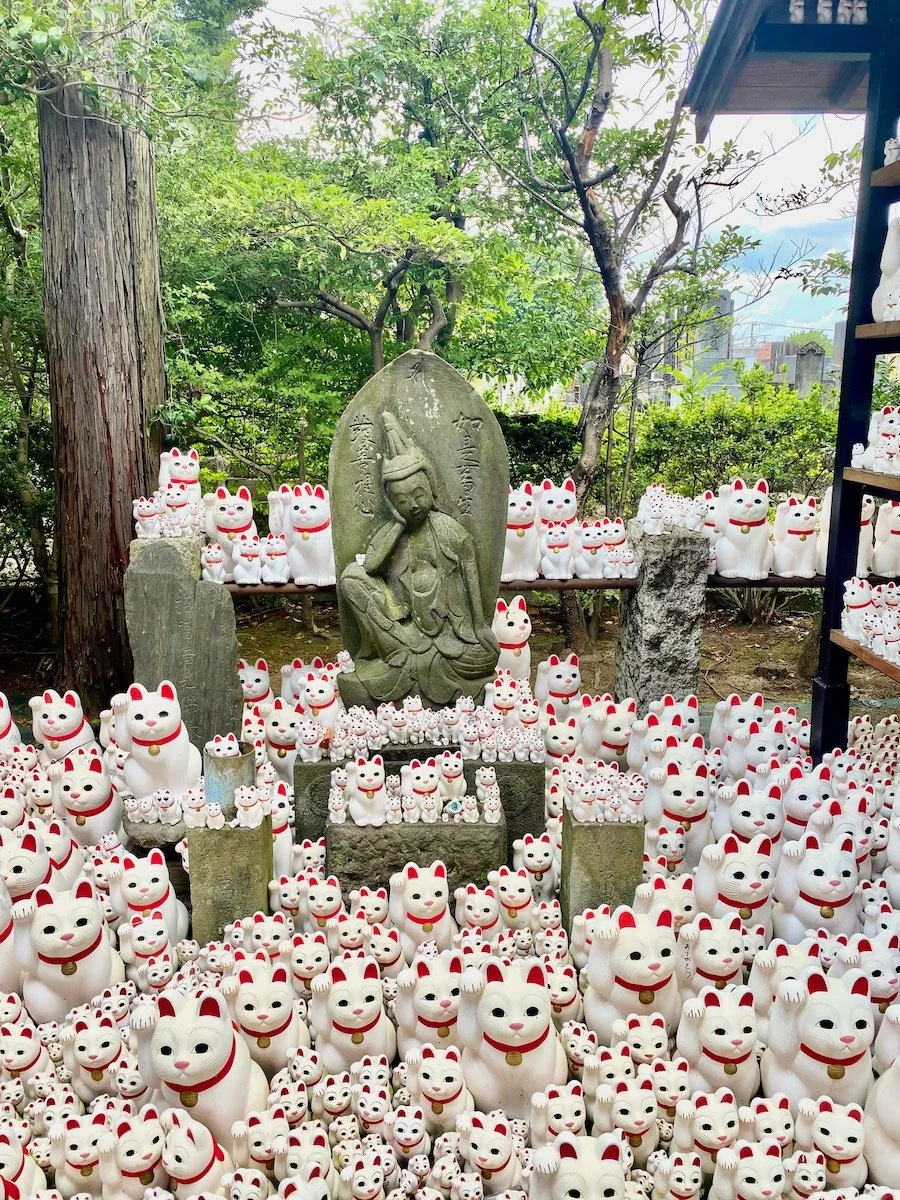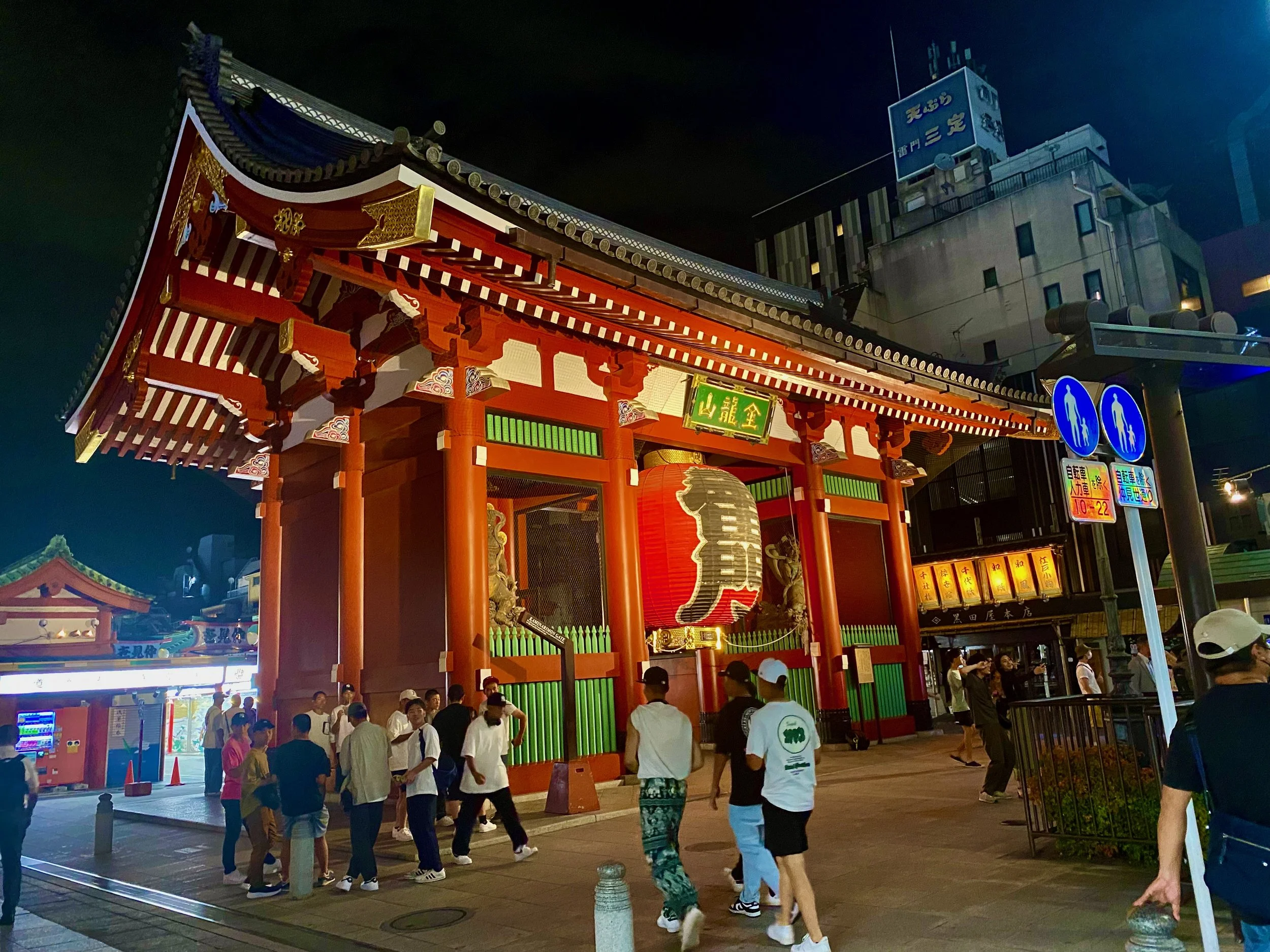My fifteen-year-old son E likes cats. Since keeping him engaged is one of my priorities and challenges on this trip, and twenty-year-old C is generally up for anything, we do a lot of cat stuff in Japan.
Which isn’t hard, because Japan has a national obsession with felines.
In our first week, we visit a cat temple, a rescue cat café, and a cat museum. Later we stay in a guesthouse with three resident felines that seem to run the place. Small ceramic maneki-nekos—beckoning cats, also known as lucky cats—crowd the shelves of souvenir shops and dwell behind registers at convenience stores. Most are made of white ceramic with red inner ears and a red collar, their right front paw raised in greeting, though some are gold, black, or red. The arms on the larger ones are sometimes mechanized, the raised paw perpetually bobbing up and down. There are even cat islands here—eleven of them— where untold numbers of cats roam free.
Read More








